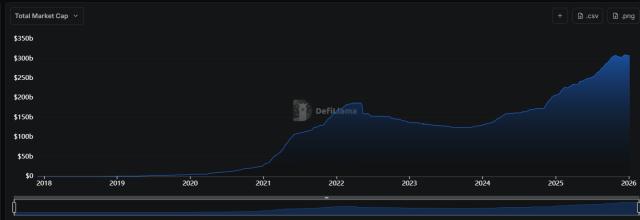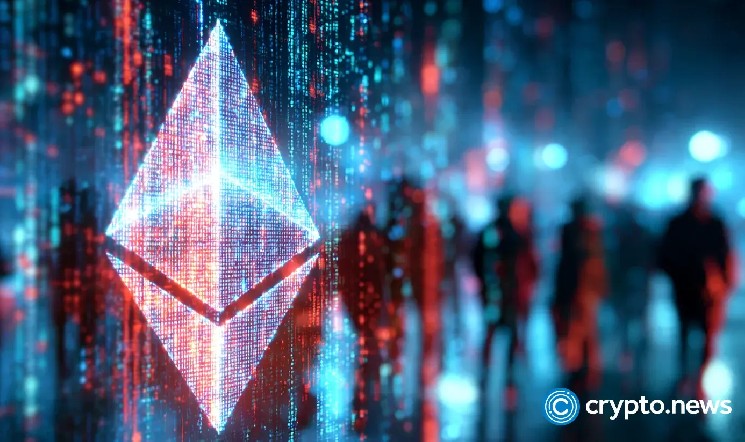
The Rise of Meme Coins: Opportunities and Risks in the Crypto New Frontier
In the global financial market, cryptocurrencies have always been one of the most controversial and attractive investment fields. Among cryptocurrencies, a type of token called "meme coins" has sparked a new wave, attracting the attention of countless investors. The popularity of meme coins not only stems from the myth of getting rich quickly, but also from their distinct internet culture background and the support of the community. These coins have gradually evolved from a joke and a niche hobby to the speculative fever in the crypto world today.

This article will start with an introduction to the background of meme coins, and then lead you to understand the influence of Murad Mahmudov, the "father of meme coins", the connection between meme coins and the GME (GameStop) event, the risks in meme coins (such as the SHAR incident), discuss the responsibility of investors and the risk of deification, and reflect on the potential and challenges of the meme coin market.
The Current Crypto Environment: The Rise of Meme Coins
The crypto market has experienced more than a decade of development, with veteran digital assets like Bitcoin and Ethereum becoming the "digital gold" and "decentralized finance platform" in many people's eyes. However, in recent years, the trend of meme coins has also risen rapidly. The name "meme coin" comes from the English word "Meme", referring to various funny images, memes or short videos on the internet. These cryptocurrencies can be traced back to the launch of Dogecoin (DOGE), which was initially just a joke, but later gradually gained the support of a passionate community, even attracting the endorsement of famous figures like Tesla founder Musk.

Today, with the prosperity of the crypto market, the meme coin market is also expanding rapidly. New meme coins are launched every day, based on blockchains like Solana and Ethereum, and they are in fierce competition with each other. These meme coins are marketed as "low threshold, high return", attracting a large number of retail investors with small initial capital. However, this market is full of extreme risks, with huge price fluctuations. Investors may get amazing returns overnight, or lose all their funds in an instant.
The Father of Meme Coins: Murad Mahmudov
Driven by the frenzy of the meme coin market, some opinion leaders (KOLs) have become the representatives leading this trend, and Murad Mahmudov is one of the most influential figures, known as the "father of meme coins". Murad Mahmudov is a veteran crypto investor, graduated from Princeton University, and has worked in investment banks on Wall Street, and has become famous in the crypto industry. Initially, he was a staunch supporter of Bitcoin, but later began to focus on the meme coin field and became an important advocate of this market.
At the crypto industry event TOKEN2049 held in 2024, Murad gave a highly influential speech on the topic of the "Meme Coin Supercycle", claiming that meme coins will become a new force in the crypto market. Murad advocated the concept of "Cult Meme", believing that meme coins have gone beyond a simple investment tool and have become a new cultural and community phenomenon. He pointed out that these coins have attracted a large number of loyal supporters, and he believes that the future crypto market will be dominated by meme coins with "fanatical communities".

Murad's ideas and selection strategies have attracted the attention of a large number of retail investors. He has proposed a set of standards for screening meme coins, such as selecting coins with a certain history and having gone through market fluctuations, as well as considering the activity of the community and the loyalty of the members. Through these strategies, Murad has successfully driven the explosion of a batch of meme coins. His "call-out" behavior on Twitter has often led to a rapid surge in the prices of the coins he recommended. This has also quickly made Murad a celebrity in the crypto world, becoming one of the most influential KOLs in the meme coin market.
If you haven't seen his speech yet, I'll also include the link at the bottom of the article so you can watch it later.

From the GME Event to Meme Coins: The Counterattack of Retail Investors
The rise of meme coins has led many to draw parallels to the earlier GME event. GME (GameStop) is the stock of an American video game retailer, and in early 2021, due to the large-scale shorting of this stock by hedge funds, the retail investors on the Reddit forum decided to unite and fight the institutions by collectively buying the GME stock, driving up the price and forcing the short-sellers to suffer huge losses, allowing many retail investors to profit handsomely.

The meme coin market frenzy has a similar background. The crypto market has always been about decentralization and opposing traditional finance, and the rise of meme coins has become a symbol of "everyone can participate", attracting a large number of retail investors dissatisfied with institutional monopoly. They participate in the meme coin market with small investments, trying to gain the same benefits as institutions. These crypto assets often adopt a "fair launch" model when launched, meaning no large capital monopoly, giving every participant an equal opportunity.
The meme coin market is like a collective "counterattack" by retail investors, it gives investors the possibility of making money, but at the same time it also attracts a lot of speculative behavior. Retail investors are often attracted by the high returns, hoping to replicate the wealth creation myth of GME, but in the meme coin market, the extreme price fluctuations and high-risk projects have led many to face huge risks while pursuing high returns.

The SHAR Incident: The Dark Side of Meme Coins
The SHAR incident sounded the alarm for the meme coin market and also exposed the risks behind it. SHAR was a meme coin project launched on the Solana blockchain, which quickly attracted the attention of investors. Within just a few hours, SHAR's market cap soared to $40 million, and a large number of investors flocked in due to KOL recommendations and the "wealth creation potential" of the project. However, in just 12 hours, SHAR experienced a shocking crash, with its market cap plummeting from $40 million to $3 million, a price drop of over 90%.
The reason for this plunge is a large wallet address known as a "conspiracy address" that collected a large amount of SHAR tokens from multiple addresses and sold them all at once, cashing out nearly $3 million. This large-scale sell-off quickly drained the liquidity pool of SHAR, leaving retail investors unable to sell, and their funds were instantly wiped out. After the incident, many retail investors were outraged and even formed advocacy groups on social media platforms, hoping to recoup their losses from the project team or related KOLs. In the SHAR incident, KOL 0xSUN became one of the focal points. As the main promoter of SHAR, 0xSUN repeatedly recommended the token on social media, attracting a large number of retail investors to follow and invest. However, with the collapse of the SHAR token, 0xSUN's actions have been questioned, and some believe he may have had vested interests with the project team. 0xSUN responded that he was not involved in the "conspiracy address" operations and was unaware of this plunge, emphasizing that his promotion was based solely on his research on the project. The SHAR incident has revealed the high-risk nature of the meme coin market. The project team may use multiple addresses to create a false impression to attract more investors, while KOL recommendations further drive up the coin price, making it a high-risk "zero-sum game." Investment responsibility and the myth of deification The meme coin craze has raised another issue: the role of KOLs in the market and the responsibility of investors. In the promotion of meme coins, KOL's calls and recommendations have become an important factor in guiding the market direction. These KOLs, with their fame and influence, can quickly attract a large amount of capital to a project, but this influence also brings tremendous risk. The SHAR incident highlights the danger of the myth of deification. Investors often blindly follow because of their trust in certain KOLs, believing that the coins they recommend are the next opportunity to get rich. But in fact, KOLs and project teams may have vested interests, and their recommendations may not necessarily be in the best interests of investors. In the meme coin market, "deification" often obscures the essence of investment, which is a high-risk gamble in a zero-sum market. Every investor should be responsible for their own investment decisions, rather than placing their trust in others. The meme coin market frenzy has attracted a large number of speculators, but while pursuing high returns, they must also recognize the risks behind these coins. Such a market is often extremely volatile in the short term and is not suitable for blindly following investors. Final thoughts: the hope and pitfalls of meme coins The rise of meme coins reflects a new trend in the crypto world and also embodies the potential of community power in the financial market. Murad Mahmudov's speech undoubtedly instilled confidence in the meme coin market, and the "meme coin super cycle" and "Cult Meme" concepts he advocated ignited people's imagination of the meme coin culture, making more people believe that this new type of cryptocurrency is not just a joke, but may become a future financial phenomenon. However, the meme coin market also hides great risks. The SHAR incident shows that the meme coin market environment still lacks regulation, and project teams can use multiple addresses to manipulate coin prices, while KOL recommendations make it difficult for retail investors to discern the authenticity of projects. This environment not only exposes investors to huge risks, but may also ultimately jeopardize the long-term development of the meme coin market. The hope and pitfalls of the meme coin market coexist. Investors should remain calm while pursuing opportunities, thoroughly research the projects themselves, and not blindly follow KOLs. As the market matures, perhaps meme coins can become a new investment field, but this hope can only be realized if risk awareness and transparency are improved.






